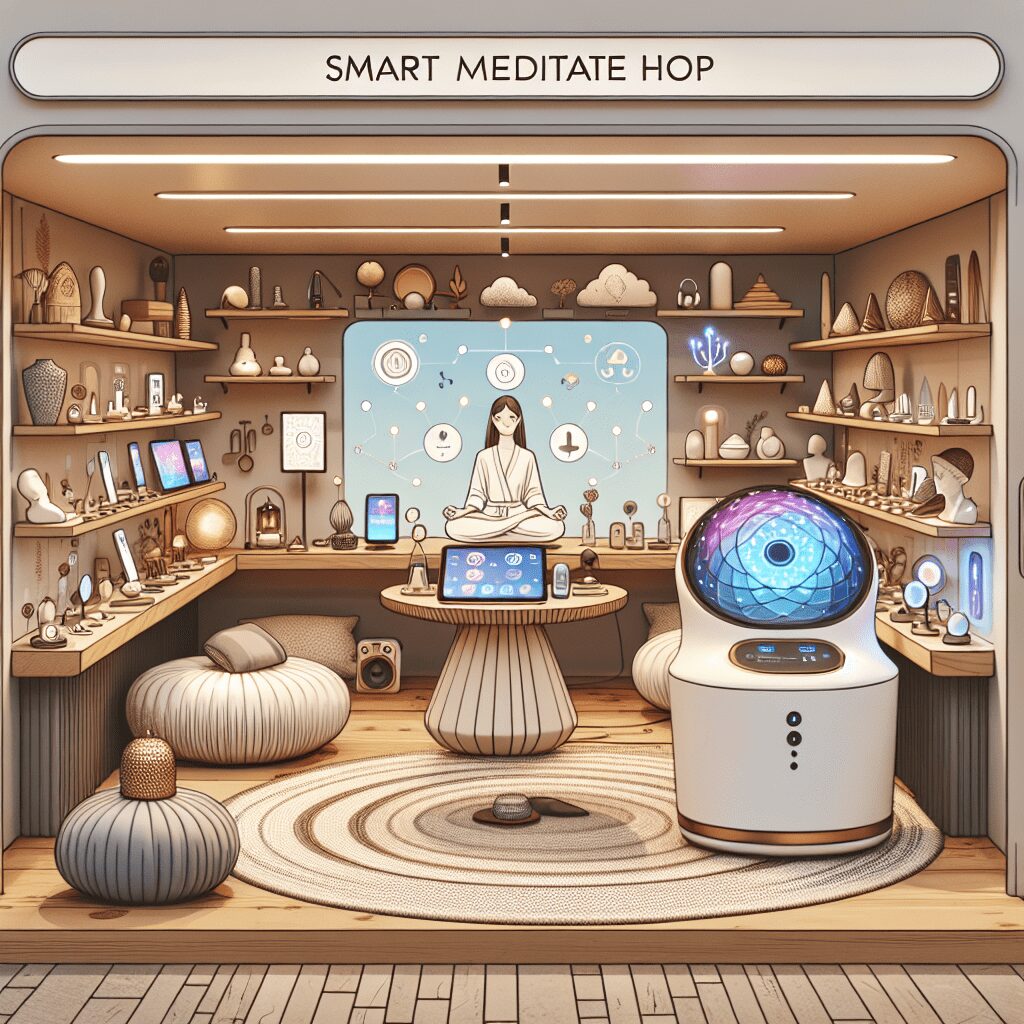
Prioritize your mental well-being daily. Enhance your life by nurturing your mental health with the Smart Meditation app. Break free from stress, alleviate anxiety, and enhance your sleep quality starting today.
Which Of The Following Classes Of Drugs Are Not Considered Antidepressants?
Unraveling the Mystery: Drugs That Aren’t What They Seem
In the expansive universe of pharmacology, where medications navigate the complex labyrinth of human physiology, it’s easy to find oneself at a crossroads, trying to distinguish one class of drugs from another. Antidepressants, with their intricate mechanisms and varied classifications, often steal the spotlight in discussions surrounding mental health treatment. However, amidst the buzz, several classes of medications frequently get mislabeled or misunderstood. So, let’s clear the air and explore which drugs are not part of the antidepressant family, despite what common misconceptions might suggest.
Beyond the Blues: Identifying Non-Antidepressant Medications
Diving into the pharmaceutical sea, it’s crucial to keep our eyes peeled for the markers that signify whether a drug is an antidepressant or an interloper bearing resemblance. Let’s embark on a journey through the most common categories mistaken as antidepressants:
-
Antipsychotics (Neuroleptics): Often, folks might lump antipsychotics with antidepressants, but they’re in a league of their own. Primarily, they’re the go-to for managing symptoms of schizophrenia, bipolar disorder, and severe mania. Drugs like risperidone (Risperdal) and quetiapine (Seroquel) don’t chase away the blues but instead focus on taming hallucinations, delusions, or extreme mood swings.
-
Anxiolytics (Anti-anxiety medications): Anxiety and depression often go hand in hand, like two peas in a pod, but the meds that treat them are not identical twins. Anxiolytics, such as benzodiazepines (think lorazepam or diazepam), dial down the anxiety without directly lifting depression’s shadow.
-
Stimulants: ADHD, anyone? That’s where stimulants shine. Drugs like methylphenidate (Ritalin) and amphetamines (Adderall) might boost mood as a side effect, but their primary mission is to enhance focus and alertness. Don’t mistake their pep for a green light; they’re not in it for the long haul of depression treatment.
-
Mood Stabilizers: Here’s where it gets a tad tricky. Mood stabilizers, such as lithium and valproate, are stalwarts in the fight against bipolar disorder. They might cross paths with depression (especially in the bipolar realm), but they’re more about keeping the seesaw of emotional extremes in balance rather than directly combating depression.
Navigating the Pharmacological Galaxy: A Guided Tour
Understanding the full spectrum of medications available can feel like decoding an alien script, but fear not. Here’s a concise roadmap to steer clear of the confusion:
- Double-Check the Destination: Always consult with healthcare professionals to understand the purpose and classification of your medication.
- Research, but Don’t Self-Diagnose: The internet is a treasure trove of information but tread carefully and avoid jumping to conclusions based on Dr. Google’s advice.
- Medication Mix-ups: If you’re unsure why a medication has been prescribed, it’s okay to ask for clarification. Sometimes, drugs have off-label uses that aren’t immediately apparent.
In the multifaceted world of medications, the line separating antidepressants from other drug classes can sometimes blur, leading to misconceptions. By demystifying which drugs fall outside the realm of antidepressants, we empower ourselves with knowledge. Whether you’re a curious cat, a concerned caregiver, or someone navigating the personal journey of mental health treatment, staying informed helps illuminate the path towards wellness.




